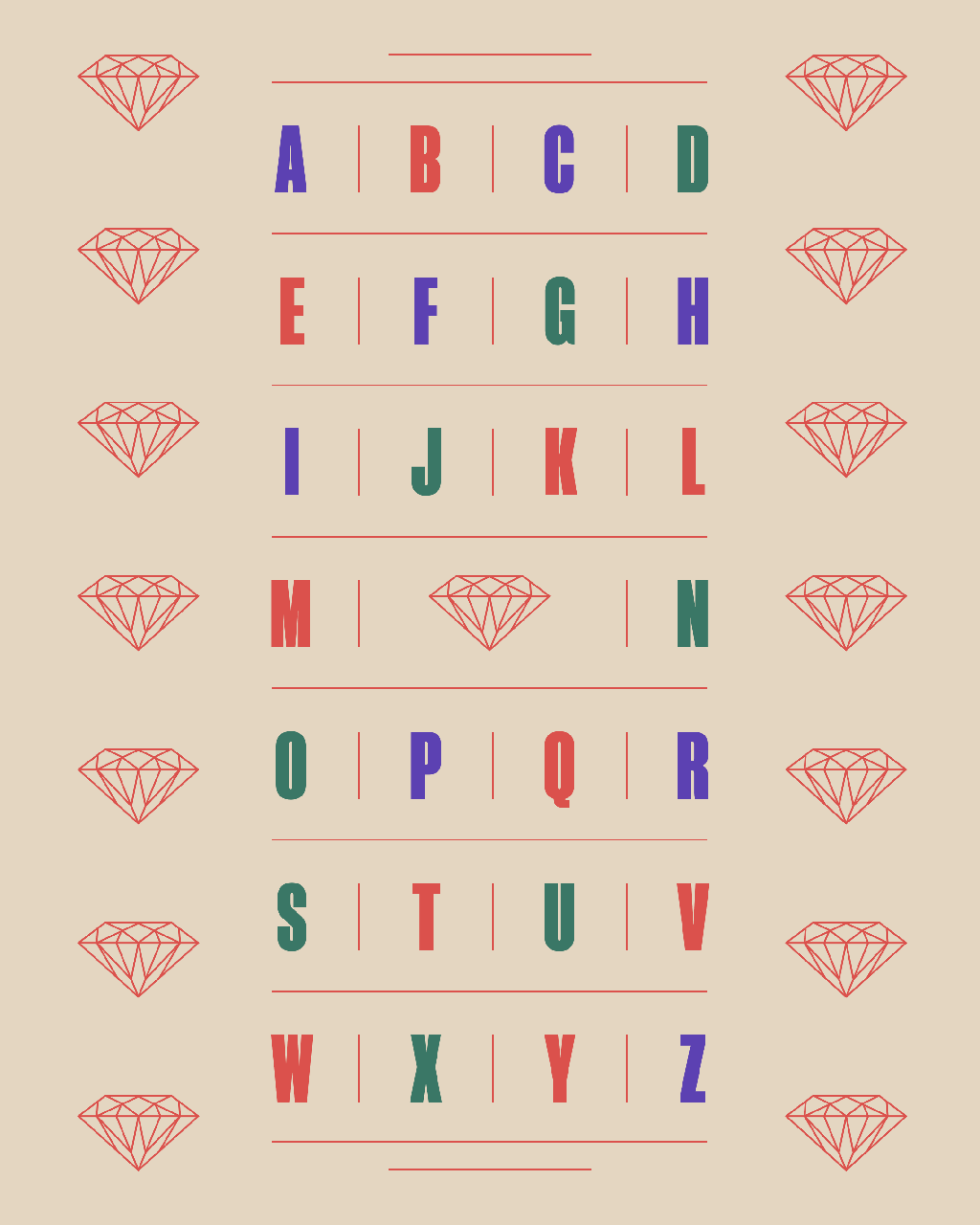Making a Luxe Comeback – Briolette
Trisha Datwani Anand, Creative Head Anmol Jewellers sheds light on how the briolette cut is one of the most unique cuts in the world of natural diamonds, and how its story is one chock-full of history, mastery and expertise
The most distinguishing characteristic of a natural diamond is the way it is cut. This unique mastery is what makes the precious stone emit light that resembles a celestial wonder. Natural diamonds are cut in a variety of shapes – round, marquise, pear, oval, heart and baguette – that determine their sparkle and the way they can be styled. The unique shape of a briolette diamond is one scintillating example of the impact of a diamond’s cut.
“In a time when detail and elegant beauty took precedence over flashiness, the artfully cut briolettes became quite popular in the royal courts.”
– Tarang Arora, Creative Director, Amrapali Jewels
Known as ‘A Royal Gemstone’, a briolette is an elongated, faceted pear or grape-shaped natural diamond with triangular facets that cover all angles of the stone. Considered to be a rare cut, it is crafted with extreme precision by master artisans. Talking about the beauty of the briolette cut, Mr. Tarang Arora, Creative Director at Amrapali Jewels says “In a time when detail and elegant beauty took precedence over flashiness, the artfully cut briolettes became quite popular in the royal courts.”
One of the oldest diamond cuts, the briolette is speculated to have originated in India nearly 800 years ago while other historians believe that it was invented by the Flemish diamantaire and scientist Louis Van Barquenin in the early part of the 15th century. This cut traces its origin from the double Rose Cut, which when extended from one side in length, forms the shape of a drop-shaped stone.
They say when something is meant to shine, it finds a way to do it. This is the reason behind the briolette’s unique sparkle despite not having a table, crown or pavilion. It is also the only natural diamond shape that is completely spherical, having facets all around it to create maximum brilliance. This beautiful characteristic results in its dramatic chandelier effect famously known as the Full Light Show. This reflection, nothing short of a sight to admire, is why the briolette cut has gained the admiration of diamond connoisseurs around the globe. There’s more to the briolette cut than only its famous reflection, says Arora. He says “Apart from reflecting light from all angles, the briolette cut also gives a chandelier effect which adds a lot of drama in the jewellery because of the free swing.”
Ever since its invention, this cut has been an accomplice to some of the most iconic and magnificent natural diamond jewellery pieces. The Napoleon diamond necklace is one such enigmatic piece. The 275-carat necklace made with ten briolette cut natural diamonds was gifted by French military and political leader Napoleon to Empress Marie Louis in 1811. Van Cleef & Arpels too created the spectacular Walska Brooch, using Briolette diamonds in 1971. ‘The Briolette of India’, a rare D-colour briolette diamond weighing 90.38 carats, was found in India in the 12th Century, making it the oldest diamond in the world – even assumed to be older than the iconic Koh-i-Noor diamond.
Like every classic that has an evergreen appeal, the briolette cut has wooed different generations with its undeniable charm. Brands like Van Cleef & Arpels, Harry Winston, Cartier and Graff have time and again redesigned historic pieces with briolettes and made entirely new collections inspired by them. Celebrities like Ella Fanning, Heather Graham, Tilda Swinton, Natasha Poly & Chandra Wilson have made it popular by adorning it on the red-carpets of Golden Globes, Cannes Film Festival, Emmy Awards and other international events. This shows how this natural diamond cut has made an impact on people over the years and is now considered as one of the major trends in recent times, revived and reinvented with innovative settings and designs.
My experience in this industry has been testimony to its evolution. Considered to be an ideal choice for necklaces and earrings, it is now also used in rings, bangles and bracelets. In fact, engagement rings made using this cut are a popular trend of the season.
One major reason behind this change is the way in which these natural diamonds are used in jewellery. Earlier set in a hanging position, briolettes are now also set in layers one below the other or drilled on the jewellery. They are also used in unique combinations with coloured diamonds. Contemporary jewellery designs have featured clusters of briolettes with fancy cut natural diamonds and gemstones. Our latest collection “Dazzling Dewdrops” features stunning contemporary briolette jewellery that is the perfect combination of elegance and timelessness.
“Briolettes have made a comeback because of the innovations in the ways the diamond is used – old designs have been revived and reinvented to fit various design forms.”
– Tarang Arora, Creative Director, Amrapali Jewels
Earlier used only in high-end couture jewellery, the briolette cut has become more inclusive by paving its way to smaller price-point jewellery pieces. Its newfound accessibility and affordability have made it a popular choice among jewellery enthusiasts. Talking about the return of the briolette in the modern scenario, Tarang Arora says “Briolettes have made a comeback because of the innovations in the ways the diamond is used – old designs have been revived and reinvented to fit various design forms.”
Best styled to complement a pair of statement chandelier earrings, or a stunning necklace with an off-shoulder contemporary or vintage gown, this natural diamond cut has now secured its position as a modern classic. Delicate, feminine, and timeless in design, briolette jewellery is a major trend to look forward to this year and a perfect choice to add a touch of sophistication and grace to look like modern-day royalty!
